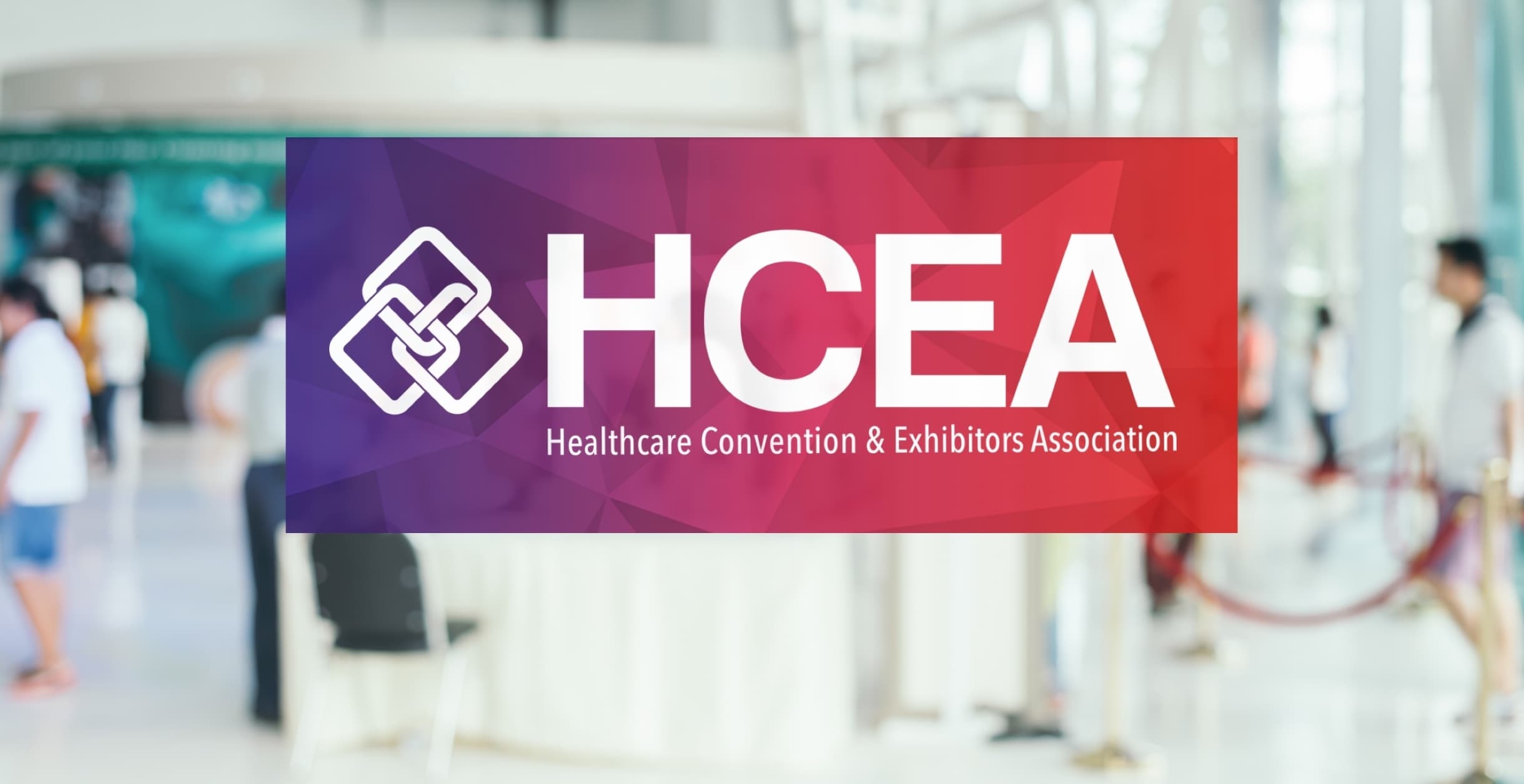Checking the Health of Healthcare Events: An Update from HCEA


After several years of virtual meetings, this year’s Healthcare Convention & Exhibitors Association (HCEA) annual meeting in Charlotte, NC was once again live. It was a great opportunity for healthcare marketers to not only check the pulse of healthcare meetings and congresses but also to gain some valuable insights into attendance trends and desires and understand the realities faced by brands as they make their way back to live events. Here are some takeaways from the event:
- Live Events Are Back—But Healthcare Attendance Data Is More Complex
Every year, HCEA presents a “state of the industry” presentation with some hard data on attendance numbers, preferences, trends, etc. This year, Freeman shared some very revealing data from their extensive research on both the full live event industry and healthcare specifically.
For healthcare professionals who’ve been back out on the road, it will probably come as no surprise to hear that live events are roaring back. The data shows that events in general are back to within about 15% of 2019 levels—and on an upward trajectory going forward. Healthcare attendance; however, is lagging sharply behind. But the raw numbers don’t tell the complete story.
Large, tentpole healthcare events are tracking closer to the full industry numbers, and much of the gap can be attributed to a steep decline in international attendees. This decline is bad news for associations. But for corporate exhibitors who are normally operating on North American marketing budgets, fewer international attendees actually works to increase the quality of attendees as a whole. - Exhibitors and Partners Need to Work Collaboratively
HCEA was a valuable opportunity to hear from a panel of senior convention marketers from pharma, biotech and device manufacturers as they shared perspectives on how things have changed inside their organizations and how their partners and suppliers can help.
Some common themes emerged from all of the panelists. Specifically, budgets are flat, costs are up and there’s a need to do more with less. All of this generates an imperative to work more collaboratively with trusted partners to maximize the investment. And this really starts with greater transparency into budget realities. In some cases, the answer might be smaller footprints with increased reliance on digital engagements to fill the gap. In other cases, it might mean taking a hard look at the event portfolio and prioritizing where necessary.
The discussion really crystallized the symbiotic relationship that exists between convention marketers and industry partners as they deal with the challenges of rising costs and cautious returns to live events in order to maintain the value of the channel. - MSL Engagement is a Design Imperative
We all know that HCP attendees are keenly interested in understanding the science behind a new therapy and looking into the promise of pipelines and clinical trials. Results of a recent survey of key opinion leaders (KOLs) conducted by the Medical Science Liaison Society (MSL) reinforced and amplified the importance of the medical affairs/medical information side of tradeshow design.
KOLs reported a significantly greater desire to engage with MSLs than with commercial reps and a greater interest in scientific and medical discussions over “brand” discussions. The result of this preference is beginning to drive the design of engagements as we see corporate clients showing more interest in creating an upleveled design approach to the medical area of their exhibits and a more integrated design aesthetic across that wall from medical to commercial.
A Final Note
The Freeman research also showed a very important outcome of the last four years of upheaval. Trust is now a major currency at live events. When asked to name the most trustworthy sources of information today, attendees listed in-person events, academic institutions and professional trade organizations as their top three. More than ever, healthcare audiences look to congresses and annual meetings—and the organizations that drive them—as their most trusted sources of important and reliable information. And this perhaps more than any other single factor speaks to the ongoing health of our healthcare events.